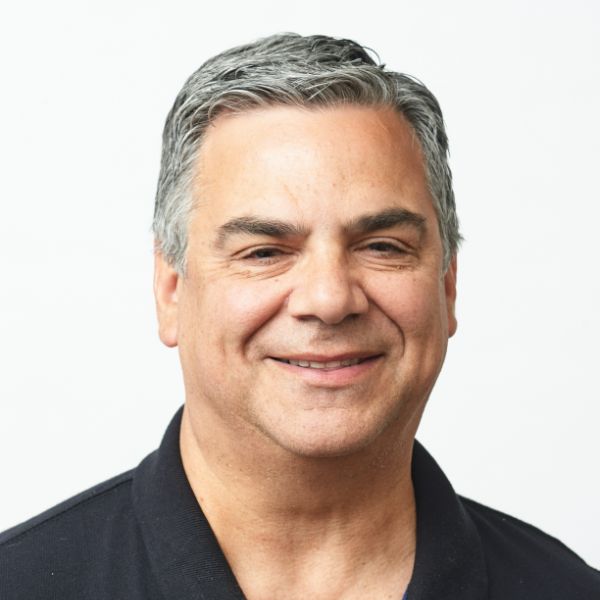As an education development specialist, Indrani Singh often hears from teachers who aren’t sure how to accommodate students with disabilities.
What the teachers don’t realize, Singh says, is that improvements made for those students benefit all students.
“Captioning, for example, isn’t only beneficial for students who are hard of hearing, it’s good for students for whom English isn’t their first language,” she says. “We also know from cognitive research that the best way to absorb information is to receive it in two forms at the same time. To see it and read it has a bigger impact for anyone, disability or not.”
Singh recently joined colleagues Jenny Hadingham and Amy Wight from the University’s Center for Excellence in Teaching and Learning to teach a six-week synchronous online course called “Disabling Difference in the STEM Classroom.” The course was taught through the Center for the Integration of Research, Teaching and Learning (CIRTL). CIRTL is supported by a National Science Foundation grant that encourages the development of future faculty ready to support diverse learners in their classrooms. The University is one of about 50 institutions that are part of CIRTL’s national network.
Hadingham, Singh, and Wight launched the non-credit course for graduate students, and new academic staff and faculty across the United States, promoting the inclusion of disability as a component of diversity in the college classroom. Through readings, videos, podcasts, and asynchronous classwork, they taught 19 students from universities such as Yale, Iowa State, and Vanderbilt. There were a handful of students from California, and one from Canada.
Disabilities can be visible or invisible, such as a student who is deaf or has Attention Deficit/Hyperactivity Disorder (ADHD).
“Working in disability services, I see first-hand the lack of awareness surrounding disability, and the frustration many students with disability experience,” Wight says. “About 11 percent of students have a disability, yet few faculty have backgrounds or formal education in disability instruction.”
The trio used the guiding principles of the Universal Design for Learning, a framework for curriculum development that give all individuals equal opportunities to learn.
“It’s an incredibly practical way of adapting one’s classroom practice to include as many students as possible,” Hadingham says. “Our class participants realized that small tweaks could have massive impacts. They had the opportunity to try them out themselves and were amazed at how effective they could be.”
The language used by teachers is also crucial, Hadingham says.
“Instead of talking about a ‘dyslexic student,’ we should talk about a student who would require additional time for reading texts,” she says. “The former is a judgment, the latter not at all.”
And there is no script to teaching a student with a disability.
“Teachers will come in and say, ‘Just tell me what I need to do for a student with ADHD,” Singh says. “But not every student with ADHD is the same.”
Singh says many students who have reached out to teachers in high school try to “go it alone” in college and don’t let their professors know their needs.
“The first day of class, the teacher should say, ‘If you need any accommodations, come and talk with me. I’m happy to work with you,’’’ Singh says. “When we say a person is disabled, they are disabled because of the system we’ve created.”
Hadingham, Wight, and Singh would like to teach the course through CIRTL again but also hope to implement it into the University community.
Changes in disability resources
Amy Wight recently was named assistant director of disability resources in the Center for Excellence in Teaching and Learning. She says her focus in the new role will be working with Arts, Sciences & Engineering faculty to create courses that are more accessible.
A new access assistant, Anne Staab, is charged with coordinating accommodations involving tests. Two access coordinators—Pamela Spallacci and Elizabeth Carpenter—will continue to facilitate other academic accommodations.
For assistance or questions about accessibility, email disability@rochester.edu. More information about disability resources is available at Center for Excellence in Teaching and Learning website.



